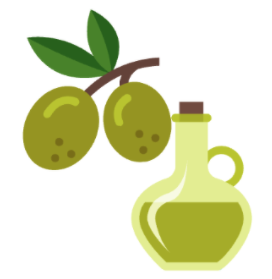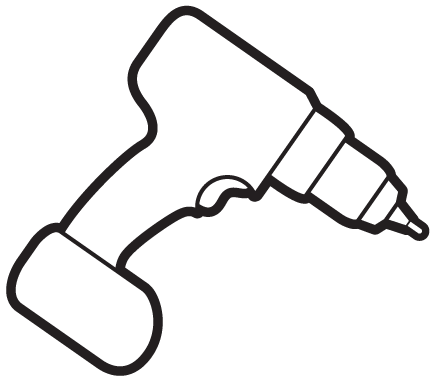Fats in Depth
Fats in a nutshell

Fats in food, made up of fatty acids, come in two forms, saturated and unsaturated. Typically, saturated fat comes in a solid form, like the fat found in butter, cheese, coconut oil and the fat on steak. Unsaturated fat is usually in a liquid form such as vegetable oils, fish oil, and the oil found in nuts. Trans fats, another type of fatty acid, has characteristics of both saturated and unsaturated fats. Trans fats are made commercially, meaning trans fats do not occur naturally in foods.
Depending on the type of fat, it can be either harmful or beneficial for your body. Saturated and trans fats should be eaten in moderation because they are loaded with LDL cholesterols, or “bad cholesterol” that could build up and clog your blood vessels, raising the risk of diseases such as stroke, heart disease or hypertension. Unsaturated fats tend to have more HDL cholesterol, or “good cholesterol”, which helps to clear out unused cholesterol from your blood.
No matter what type of fat you are eating, the amount of recommended fat is 20-35% from your total calorie intake each day. Eating less will not provide any health benefits, even if you are trying to decrease the fat on your body. So choose healthy fats, in moderation, to feel satiated and full after eating to maintain a healthy body.

Introduction
You may have heard that fat is not healthy. But actually, it is a macronutrient necessary for good health! Why is fat necessary? Not only does it supply you with energy, fat also partners with other nutrients like certain vitamins and minerals to help your body absorb them. For example, some nutrients such as Vitamins A, E, D and K need fat so that they can be used by your body. For children in particular, fat is needed for normal development of the brain and body. Although fat is an essential nutrient, choosing certain fats over others is important because different types of fats affect your body in different ways. We will look at the components of fat, which kinds of foods contain which fats, how it is used in the body and its effect on your health.
Fats and lipids
When we talk about fat, we first need to understand lipids. Although the two terms are often used interchangeably, lipids refer to a broad group of substances that do not dissolve in water. Not all lipids are edible; the olive oil you use for cooking and the oil on your skin are both lipids. Lipids are found in our bodies and in our food in various forms. Lipids fall into three categories: phospholipids, sterols and triglycerides.
Phospholipids are found in foods such as egg yolks, peanuts and soybeans. This lipid is unique because it is partially water-soluble, allowing it to transport fats in the bloodstream. Your body makes phospholipids naturally, so you do not need to include any in your diet. Another type, sterols, are found in foods from both plants and animals such as brown rice, nuts, and dairy products. The plant sterols seem to block cholesterol, or animal sterols from being absorbed, which is a health benefit because too much cholesterol can clog blood vessels and raise the risk of developing cardiovascular disease. Lastly, triglycerides are the most common of the three lipids. Almost all of the fat in the food we eat, about 95% of it, falls into the category of triglycerides. The fat stored in your body is also considered a triglyceride. When you consume calories, your body uses some of it to make energy for daily activities, but sometimes it does not need to use all that you consume. The excess is stored in the form of fat, or triglycerides.
What is fat?
Fat is also an important part of our diet. In order for your body to use fat, it first needs to break it down into smaller units called fatty acids. Fatty acids are the building blocks of fat, made up of a chain of elements including carbon, oxygen and hydrogen. The fatty acids will be absorbed and used by the body to either provide energy or to carry fats into your bloodstream.
Most fatty acids can be made inside the body and assembled from other fats, but there are some that can only be obtained through food. These are called essential fatty acids and they are very important to the growth and health of your body. Essential fatty acids include alpha-linolenic acid or Omega-6 fatty acid which is found in vegetable and nut oils such as those from safflowers, soybeans, peanuts and corn. Another is linoleic acid or Omega-3 fatty acid, which is found in foods such as dark leafy greens, flaxseed, fish, walnuts, and soybeans. Omega-3 fatty acids are especially healthy as they help protect against cardiovascular disease by reducing blood clotting and inflammation.
While some fat is good for your body, excess fat could lead to poor health. It is recommended that 20-35% of your calories per day come from fat. Some people may try to lose weight by restricting their daily fat intake, but a very low-fat diet–that is, a diet with less than 15% calories from fat–may not be all that helpful or even healthy. Research has shown that this very low-fat diet does not provide any additional health benefits compared to moderate-fat diets. If you are trying to reduce calorie intake, a moderate-fat diet that is 20-25% calories from fat will make you feel full while reducing fat consumption (Thompson et al, 2014). With this proportion of fat, you can consume a lower-fat diet while still receiving fat’s important health benefits!
The fat in our food
One type of fat, called trans fat, is almost always commercially made in a process called hydrogenation. During hydrogenation, unsaturated fat is turned into saturated fat by adding hydrogen. Trans fats, which are technically unsaturated, are hydrogenated and become partially saturated. The benefit is that the fat becomes more stable, turning from a liquid to a solid. Fats that are solid at room temperature such as saturated and trans fats will not spoil as quickly, providing a longer shelf-life at the grocery store and in your kitchen. The down side are the negative health effects. Most health professionals will warn you to limit or completely cut trans fats from your diet because of its negative effect on your health.
Healthy vs unhealthy fats
While fat is an essential nutrient for healthy eating, some types of fat can be more or less healthy because of how they are processed by your body. Foods will usually contain a combination of saturated and unsaturated fat, but in varying amounts. For example, fish and meat have both saturated and unsaturated fats, but fish will be much higher in polyunsaturated fat (which has more health benefits) while a steak will have much more saturated fat (which is not as healthy).
One way fat is necessary for good health is that it partners with vitamins and helps them absorb into the body. Much like sugar will dissolve in a glass of water, some vitamins dissolve in fat. These are a class of vitamins called fat-soluble vitamins. They include Vitamins A, D, E K and carotenoids. Carotenoids are like the precursors to Vitamin A; when you eat something with carotenoids, your body can convert it to Vitamin A. If you eat foods with these vitamins, it is important to include some fat in the meal so that your body can effectively use them.
Another way fats affect your body depends on the amount of cholesterol in the fat. Cholesterol is not actually fat, but has similar qualities. It is found in foods of animal origin such as dairy products, meat and eggs. Cholesterol is also made in the liver and moves through the bloodstream to help with basic body functions such as digesting and using fat.
The cholesterol in your bloodstream comes in two forms, high-density lipoproteins (HDL), also called “good cholesterol” and low-density lipoproteins (LDL), or “bad cholesterol”. HDL’s circulate through your bloodstream, picking up cholesterol and returning it to the liver to use, which removes it from your bloodstream. LDL’s on the other hand, decrease this process, leading to more cholesterol in the blood. Too much overall cholesterol in your blood can lead to diseases that affect the heart. However, one type is better than the other; HDL cholesterol is linked to a lower risk of cardiovascular disease while LDL cholesterol will cause a higher risk.
The different types of fats you eat affect how much and which types of cholesterols are stored in your body. Eating saturated fats can lead to higher LDL cholesterol. On the other hand, unsaturated fats can lower the “bad” LDL cholesterol, while raising the “good” HDL cholesterol. If you are unsure about which fats are in your food, look at the nutrition label. There will be a line for total fats, as well as saturated and trans fats, which are required to be reported separately. It is best to limit the amount of saturated fat you eat and avoid foods that have trans fats altogether. The daily recommendation is that 10% or fewer of your total calories come from saturated fat. Eating more unsaturated than saturated fats will help balance your cholesterol levels and reduce the risk of cardiovascular disease.
Blood cholesterol and disease
Conclusion
Fats are a necessary macronutrient that you need for energy and optimal health. As a general rule, fats that are liquid (unsaturated) are healthier than those that are solid (saturated). Unsaturated fats are found in many foods such as avocados, nuts and fish, which are especially rich in Omega-3 fatty acids. Eating this type of fat can help reduce your blood cholesterol, which is important because high blood cholesterol leads to cardiovascular disease. Remember, eating a diet of 20-35% fats is important, just choose more unsaturated fats to maintain a healthy weight and healthy body!
Resources
- Duyff, R., (2017). ADA Complete Food and Nutrition Guide, 5th Edition. Boston, MA /New York, NY: Houghton Mifflin Harcourt.
- Mayo Clinic Staff, (February, 2020). Trans fat is double trouble for your heart health, Mayo Clinic.
- Reynolds, G., (27 Feb 2019). The best type of exercise to burn fat, New York Times.
- Rinzler, C., (2016). Nutrition for Dummies, 6th Ed. Hoboken, New Jersey: John Wiley & Sons, Inc.
- The Nutrition Source: Types of Fat, (n.d.). Harvard T.H. Chan School of Public Health.
- Thompson, J., Manore, M., Vaughan, L., (2014). The Science of Nutrition, 3rd Ed. Boston: Pearson Publishing, Inc.


